… it sounds from everywhere while the long-distance train from Delhi to Jodhpur makes its stop at Jaipur station.
“Chai” translated from Hindi means “tea” and can be served both “black” (or red, as some would say) and with milk.
Masala Chai
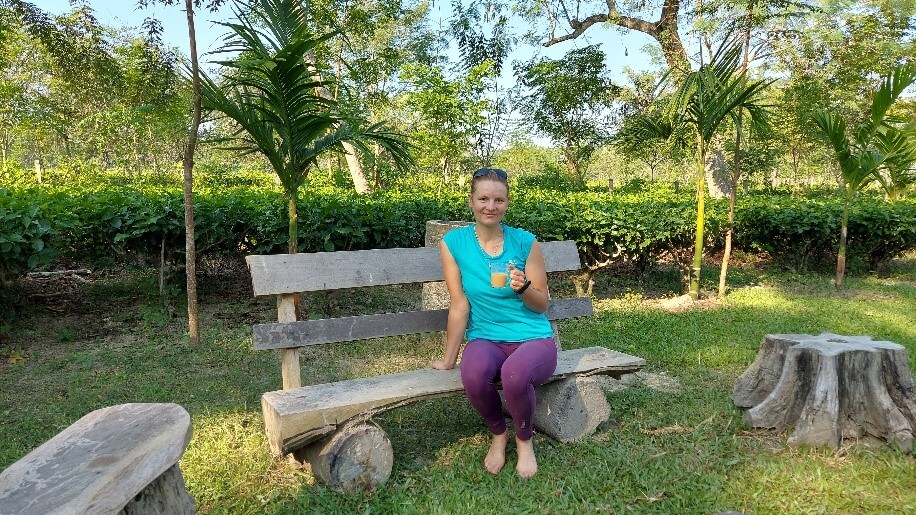
Depending on the region in India, different preparation preferences prevail and the tea is often served heavily sweetened with various spices and ginger. Then it is called in Masala Chai and is probably the closest thing to the version imitated in the West, “Chai Latte”, which is served in cafés.
Chai for Indians is like coffee for us Germans and at the same time so much more!
It is the first thing you drink in the morning, can replace a meal with a little pastries, serves as a “time pass” (pastime) and over a good cup of chai, news is often exchanged and lively chatted.
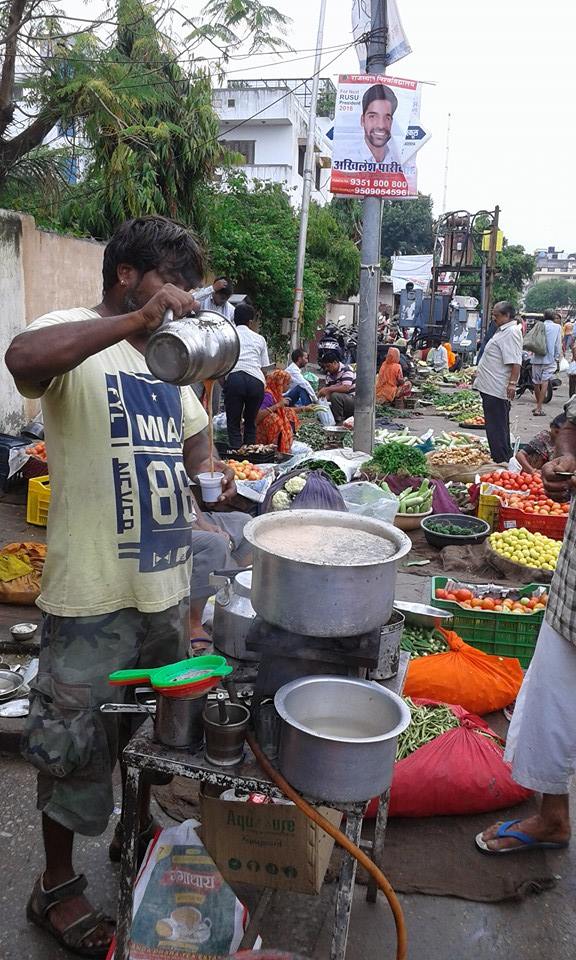
In every street corner you can find the smallest chai shop and the chai walla (the man who prepares the chai) lets the black tea powder boil for a long time in the fresh cow’s milk with ginger, black pepper, green cardamom and cinnamon and of course sugar and brings it to the boil for foaming. To do this, the tea is poured into the pot several times with a ladle from a considerable height.
Often the rich drink is then served in a tiny glass.
Cheers.

Chinese tea and Assam tea
Although the British brought about the commercial cultivation of tea and made tea drinking popular in India and there are huge tea plantations in the Himalayan regions, southern India and the north-east, the famous Assam tea actually originally comes from India and was made many years before Singpho tribe from northeastern India drunk in Assam.
In addition to Chinese tea, it is the second type of tea that is now cultivated and drunk worldwide.
History of Assam Tea
The British Robert Bruce was served a cup of Assam tea for the first time in 1823 by Bessa Gam, the chief of the Singpho tribe. Bruce, quite surprised that there were also tea plants in this part of the world, had himself given seeds and plants and so tea was cultivated in India.
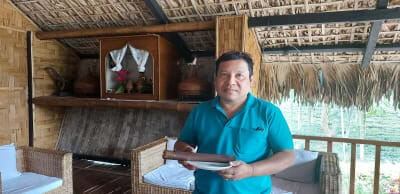
Even today, the members of the Singpho tribe process their tea themselves in the traditional way by hand. Only the tea trees were trimmed to a “picker-friendly” height. After the tea leaves have been picked, they are slowly dried over a fire and then wrapped tightly in bamboo to be smoked for a few days. This keeps the tea dry and long-lasting.

The smoky tea is traditionally still served in the Singpho regions without milk or sugar. It is said to be very healthy because of its antioxidants and the cause of the low cases of high blood pressure, diabetes and other diseases among the Singphos.
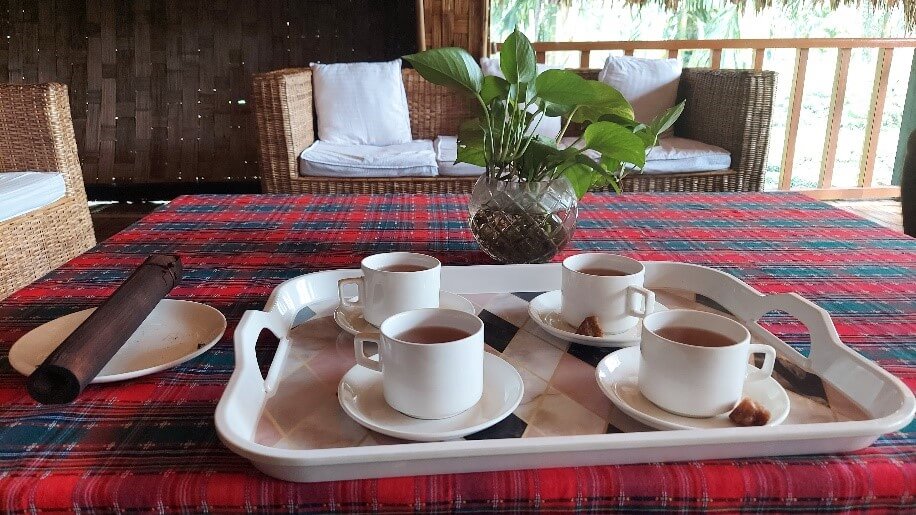
Tea cultivation in India
For tea cultivation you need a tropical warm climate with a lot of rain. Regions like Northeast India and South India are ideal. While tea is mainly grown on the slopes of the Western Ghats in Kerala, tea in Assam is grown in the plains. The tea plantations are partly owned by large companies such as Tata or privately owned by large landowners or smaller farmers. Most of the land is rented for 100 years.

The tea is processed by the owners themselves in their own factories or collectively collected and then processed.
At companies like Tata, employees are provided with accommodation, medical care and childcare.
Often it is the women who pick the tea with their nimble hands. At least 25 kg of tea leaves a day, for that there are about 300 rs (4 euros). For every additional kilo there is an extra 2 rupees.
The men often work in the factories or take care of pruning the tea plants.
Tea picking
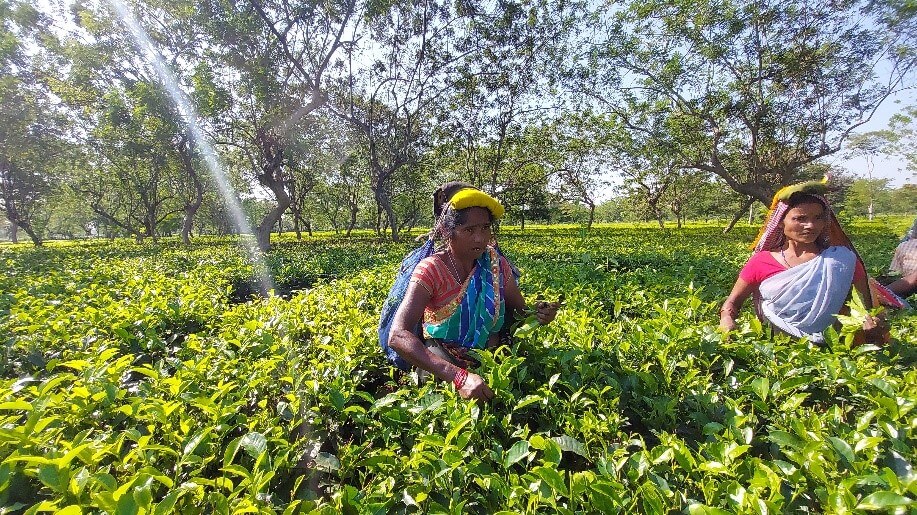
The tea can be picked almost all year round, except for a few months in the dry winter. The top green leaves are picked every 7 to 15 days. In some areas, the tea is also collected with the scissors, which affects the quality of the tea somewhat.
The tea trees are trimmed to 1.2 meters so that they are easily accessible for the picker.
Old tea trees are replaced with fresh tea trees after 30 to 100 years, before the soil is fertilized.
Processing of the tea
The so-called CTC tea is the most widely produced tea in India. CTC stands for “Crushing, Tearing, Curling” (stamping, tearing, rolling) and it is the famous black tea that is available everywhere in different quality levels.

After being picked, the tea is dried in large wind turbines for 10 to 14 hours to remove the moisture on the leaf surface. The now softer and rubber-like leaves are then crushed and rolled (CTC) in several steps in the next machines and then fermented in a separate room. The tea gets its color and taste from the oxidation.
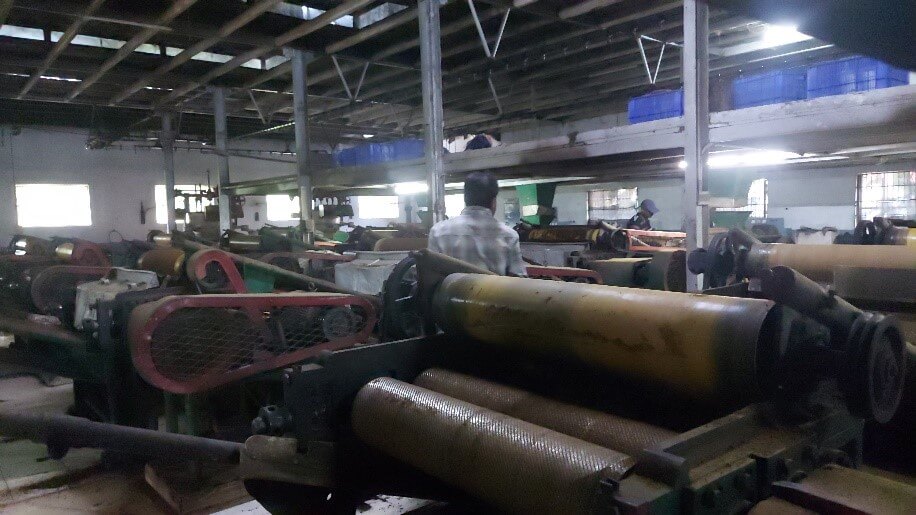
Now the tea is properly dried again for about 25 minutes at 50 to 105 degrees Celsius. Only 2-3 percent moisture is retained. Then the cooled tea is divided into different quality levels based on the size and shape of the tea and waste products are sorted out. Incidentally, the inferior tea dust usually finds its way into the tea bags.
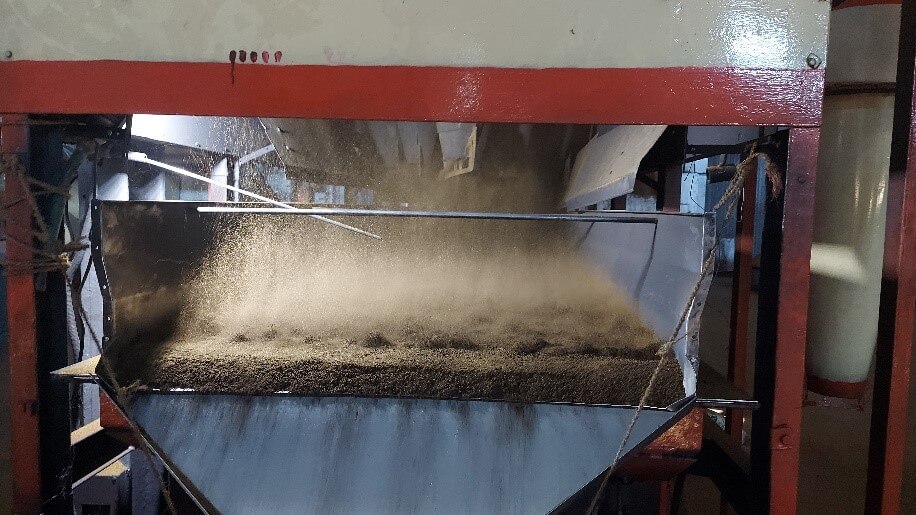
The finished tea is filled into airtight containers, then packed and sent for sale.
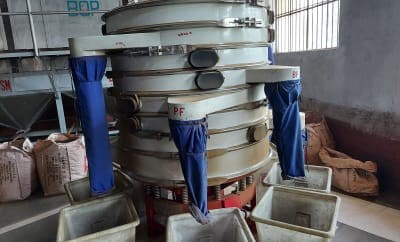
Taste samples of the finished tea are taken every day and the quality is determined.
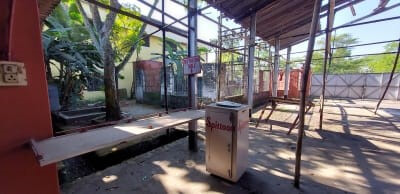
White tea, green tea, black tea
Whether white, green or black – the tea plant is the same, only the leaves and processing differ.
For the white tea, only the top 2-3 leaves are picked and then immediately dried and not oxidized. There is no oxidation for green tea either. The top leaves are scalded immediately after being picked and then dried.
So, I’ll have a nice cup of Masala Chai for now.

For this I boil 1 teaspoon of black tea with half water, half milk, as well as grated fresh ginger, pepper, cinnamon and green cardamom. Bay leaves, fennel seeds and cloves also give a great taste – be creative!
Incidentally, in Munnar and Assam you can take a wonderful stroll through the tea gardens and visit tea factories, where everything about tea is explained first-hand.





